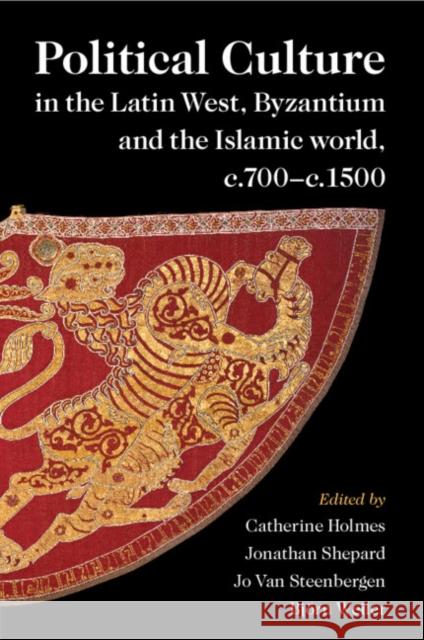Political Culture in the Latin West, Byzantium and the Islamic World, c.700-c.1500 » książka
topmenu
Political Culture in the Latin West, Byzantium and the Islamic World, c.700-c.1500
ISBN-13: 9781009011136 / Angielski / Miękka / 2023 / 592 str.
Political Culture in the Latin West, Byzantium and the Islamic World, c.700-c.1500
ISBN-13: 9781009011136 / Angielski / Miękka / 2023 / 592 str.
cena 125,42
(netto: 119,45 VAT: 5%)
Najniższa cena z 30 dni: 125,17
(netto: 119,45 VAT: 5%)
Najniższa cena z 30 dni: 125,17
Termin realizacji zamówienia:
ok. 22 dni roboczych
Bez gwarancji dostawy przed świętami
ok. 22 dni roboczych
Bez gwarancji dostawy przed świętami
Darmowa dostawa!
A comparative study of how elites gained and retained power and resources in the medieval Latin West, Byzantium and the Islamic world.











